Analysis of the frequency spectrum and audio samples
At about 35 cfm, or about 800 rpm, we hear the first vibration. Bearing and motor noise amplify slightly oscillating to a first peak, which could indicate resonances of the frame, because it oscillates noticeably, even though we decoupled the fan itself. With 28.5 dBA, it’s not very loud without amplification, but with three fans, for example, it adds up quite a bit with a bit of bad luck. But now, as promised, let’s get to the spectrum and the explanation.
Between about 70 and 200 Hz we are in the range of bass, upper bass and the beginning lower mids. These are the actual bearing and engine noises. Another, speed-independent loudness peak is at about 370 to 390 Hz for the resonances (1. Harmonic of 190 Hz) and then another one at approx. 780 Hz (2nd harmonic of 190 Hz). Harmonics). Above approx. 8.5 KHz we still see a range with a relatively broadband noise, i.e. the actual airflow (air movement, tearing noise).
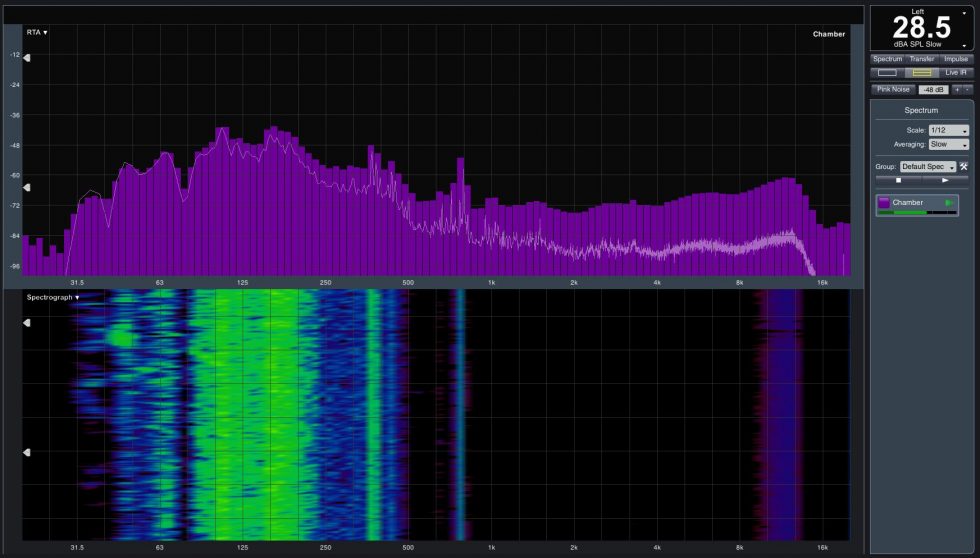
Let’s take a closer look at that now:
If we increase the revs to approx. 890 rpm (40 cfm), the resonances and vibrations are clearly and audibly lower. The fixed peak at 390 Hz is still there, but clearly attenuated. On the other hand, a part of the still audible overlapping of two sources moves up a bit depending on the speed and now ends up at about 440 to 450 Hz. This equalises the mixture somewhat and the oscillating component in particular is no longer quite so unpleasant at a shift of around 50 to 60 Hz. The sound pressure level also drops slightly again, although the pure engine noise becomes slightly stronger.
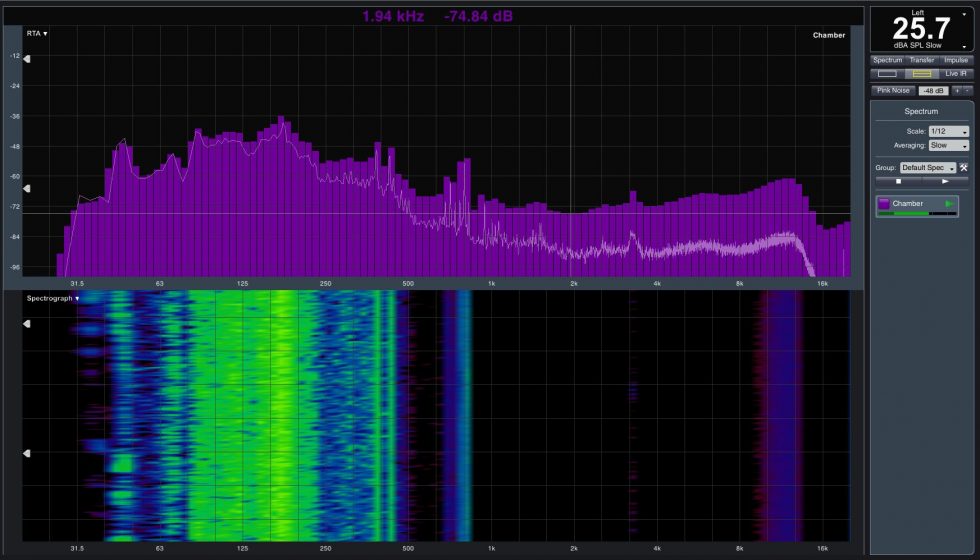
The acoustic cross-check is now available for this as well. The noise is now slightly higher in the base, but remains quieter.
If we now increase the speed to about 1030 rpm, we reach 45 cfm. It suddenly gets louder and also the nasty vibrations are back. Oscillating and much more broadband, but with the familiar base at 190 Hz and all the harmonics.
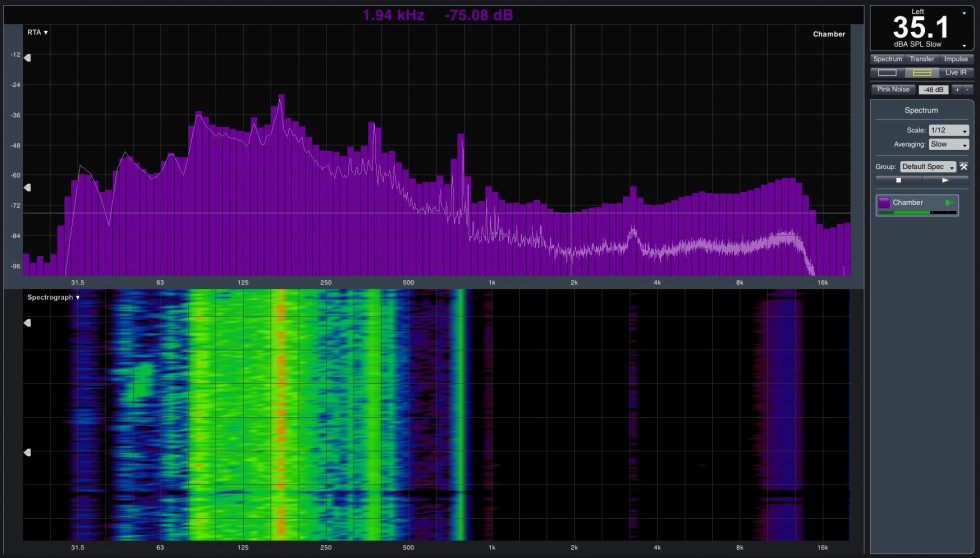
Of course, you can listen to that again, too:
Summary and conclusion
Well, what to advise the user now? Up to approx. 750 rpm and from approx. 1100 rpm the Arctic P14 can be operated without any problems, everything in between can cause an audible and especially unpleasant operating noise. Our 1000 rpm chosen in the first test are unsuspicious, but a few Hz more or less are then again harmful. Either one stores an adapted fan curve in the system, where one tries to skip this deliberate speed band, or one works with fixed speeds by default.
Another fan would of course be the easiest solution, but then again it costs a lot more money. You can definitely use the Arctic P14, but only if you know about its peculiarities and take them into account in the design. The not particularly torsionally stiff frame, together with the rather cheap bearing, has entered into a vile acoustic alliance, which, depending on the speed, you wouldn’t always want to have in your computer, even as a born cheapskate. Arctic really needs to improve on that, price or not.
All previous articles about fans on igor’sLAB
Arctic P14 PWM schwarz, 140mm (ACFAN00124A)
Arctic P12 PWM weiß/transparent, 120mm (ACFAN00131A)
 | 2-3 Wochen | 14,90 €*Stand: 20.04.24 09:22 |














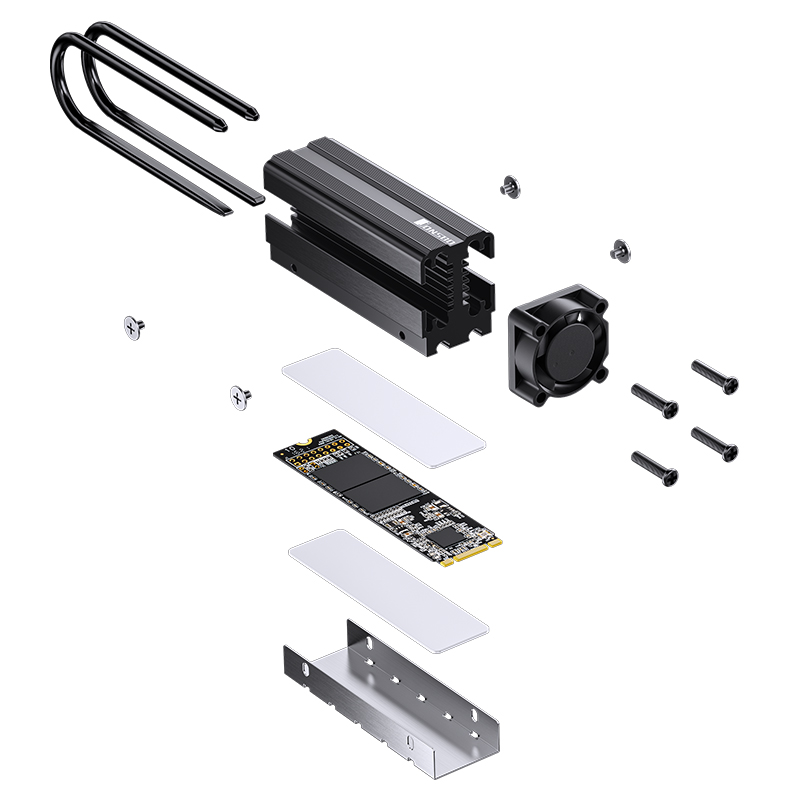
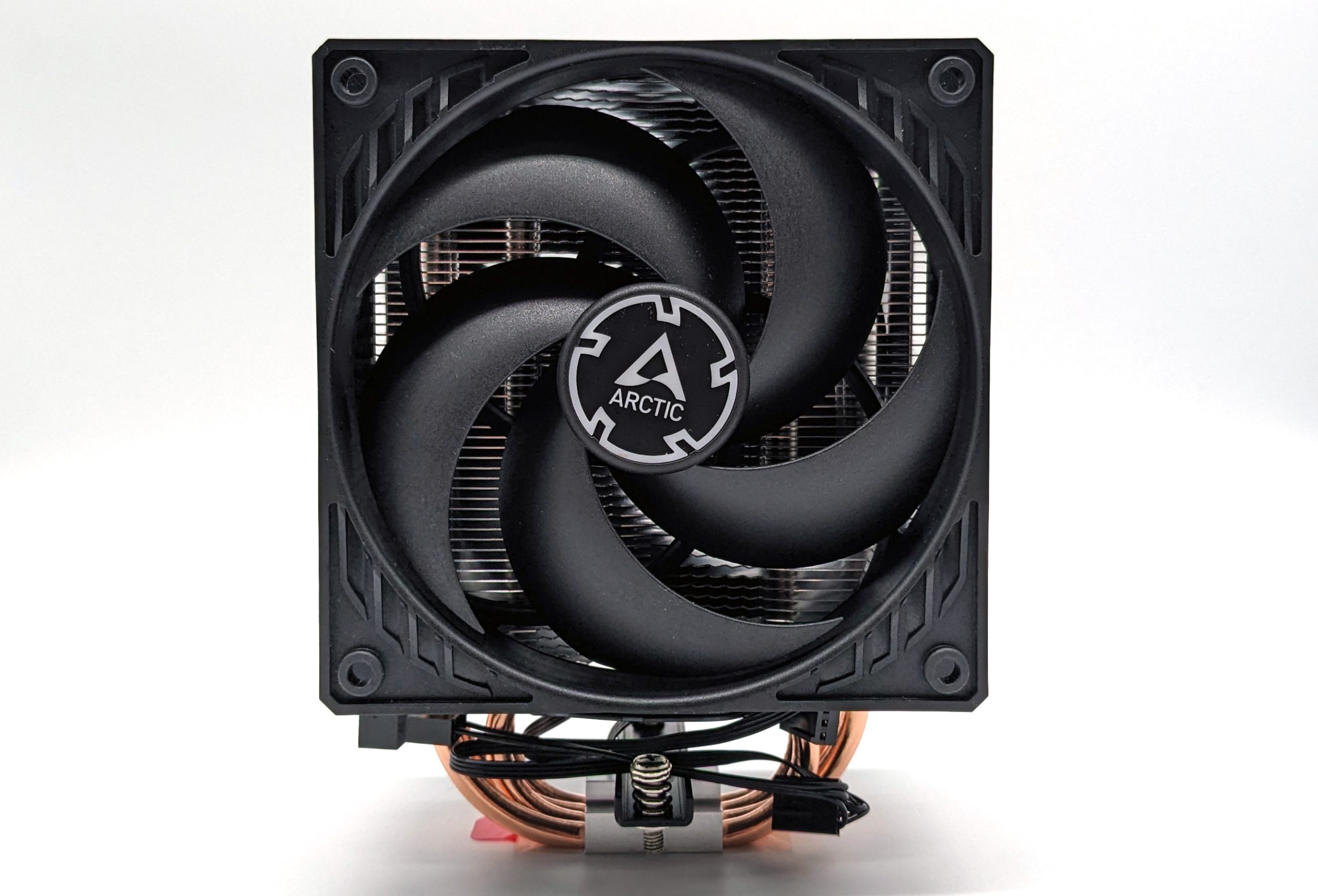

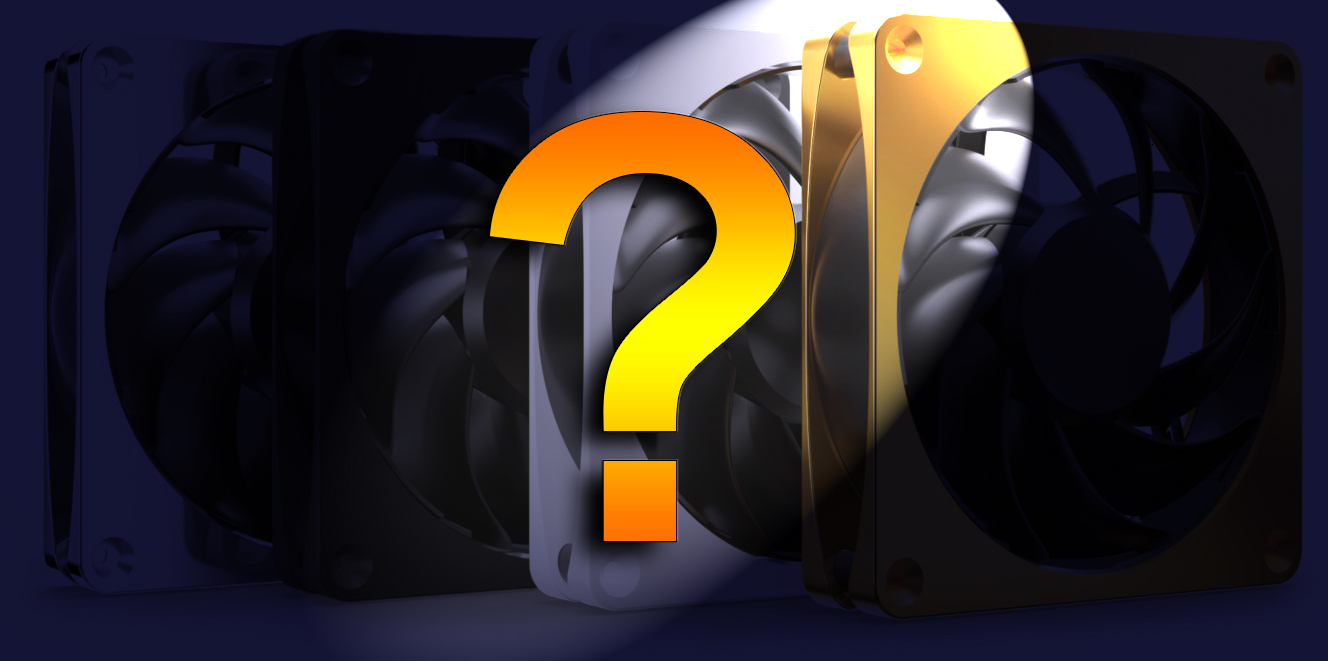
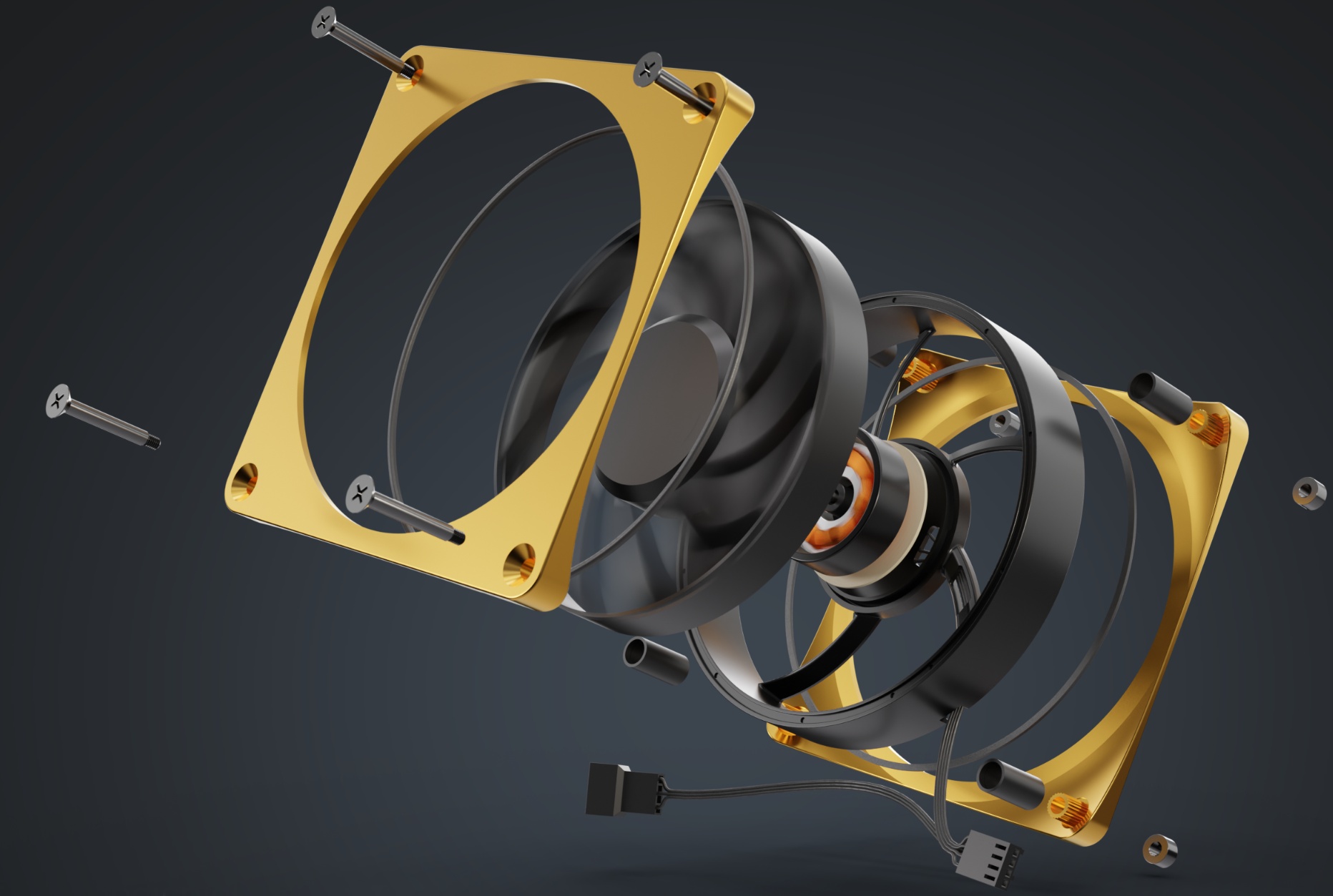
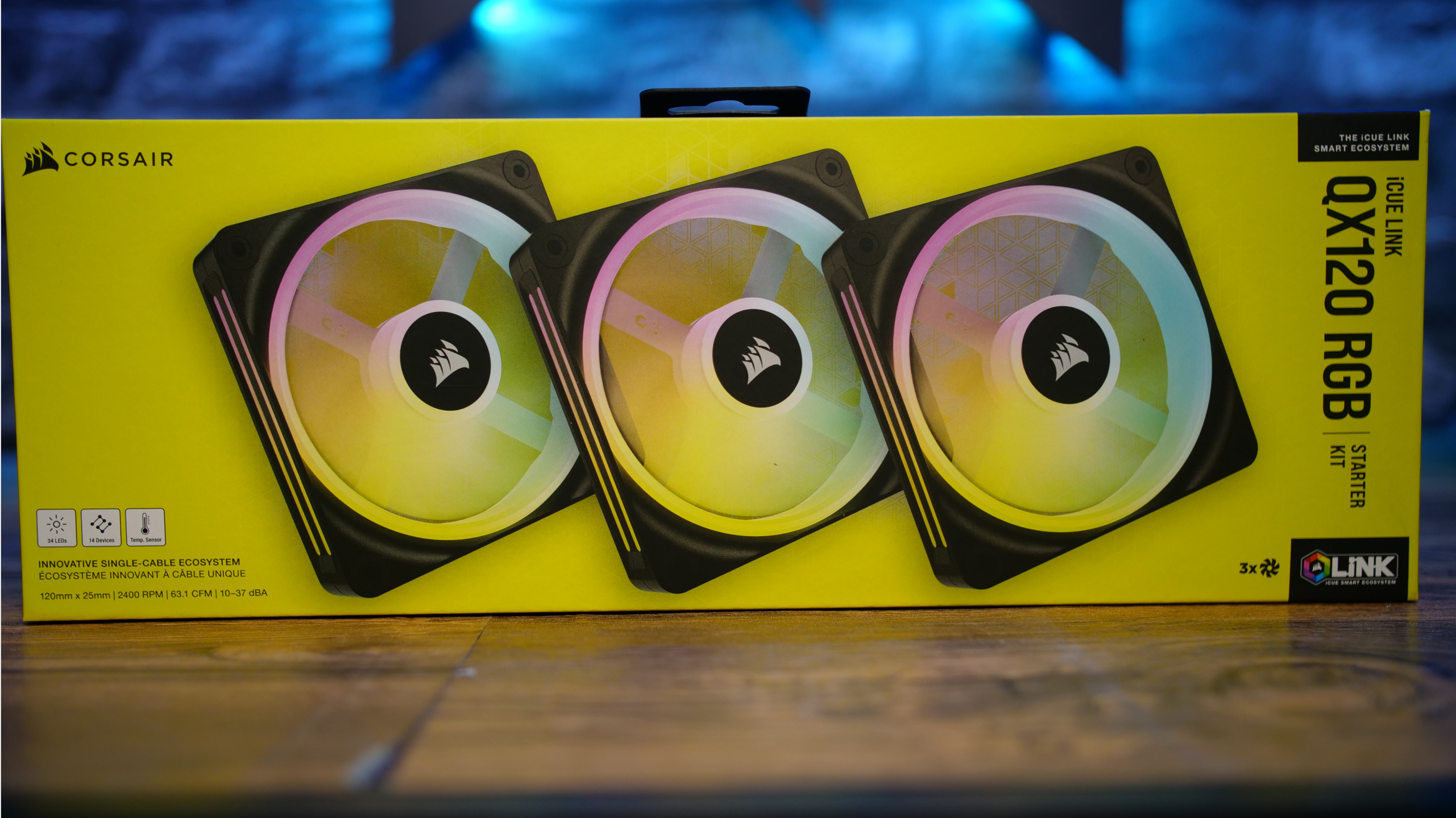
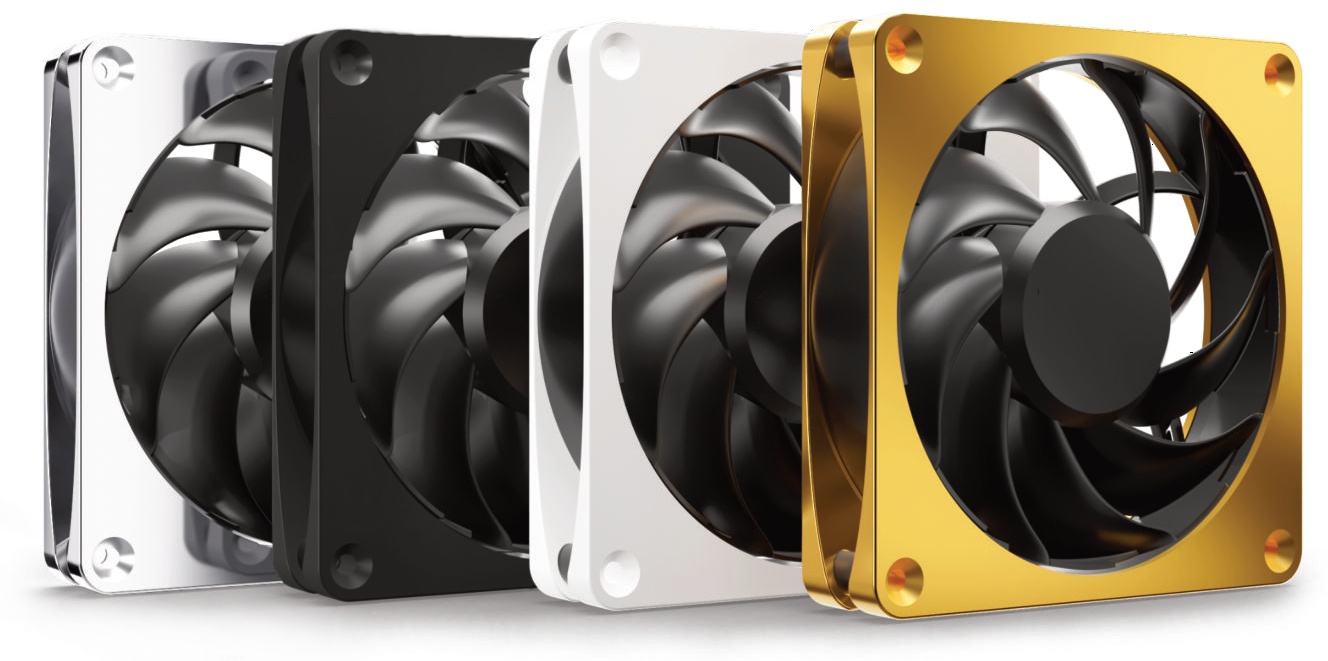

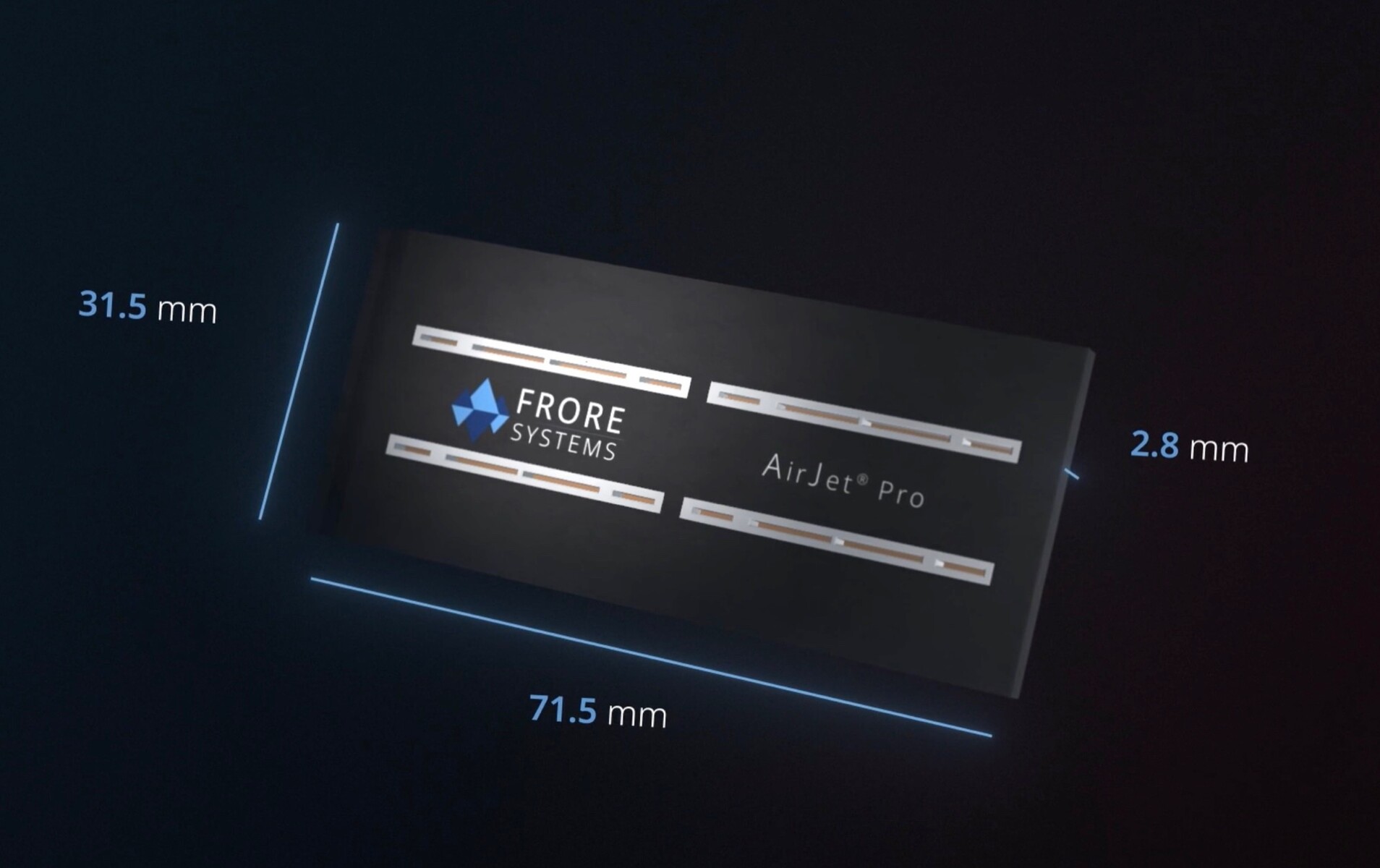
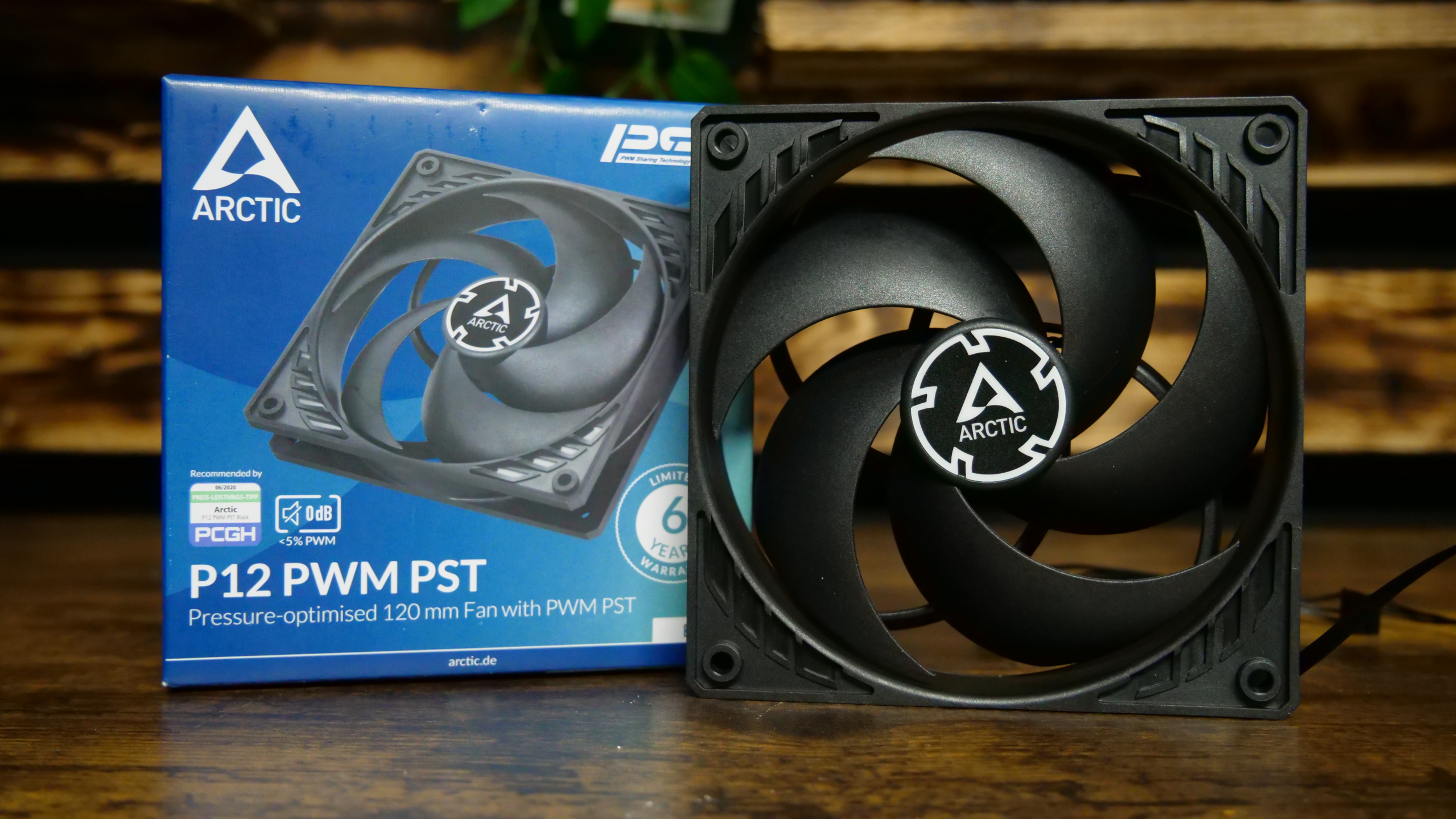
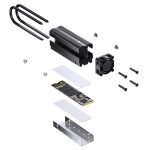
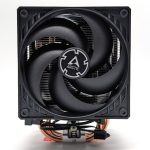


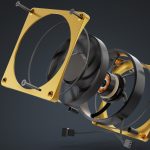

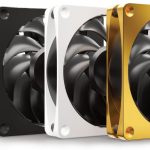
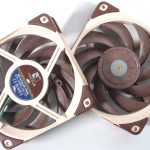

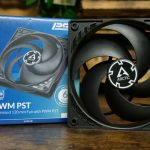


















Kommentieren